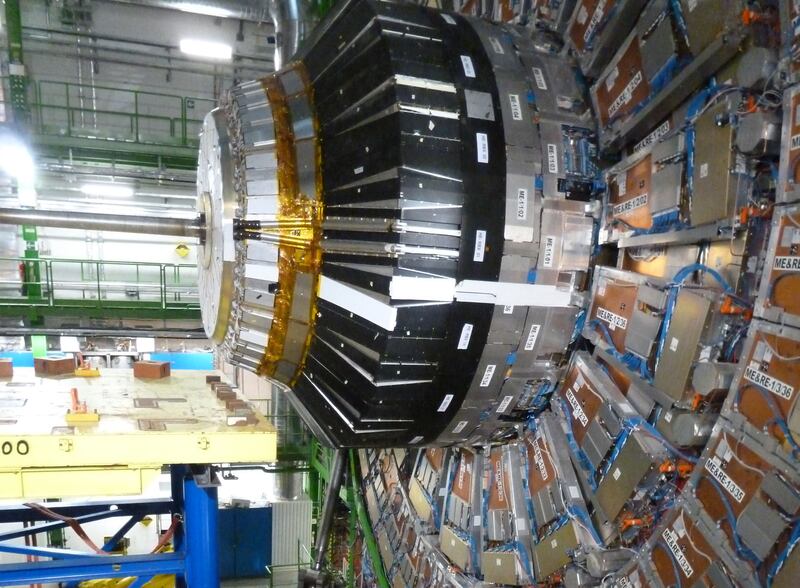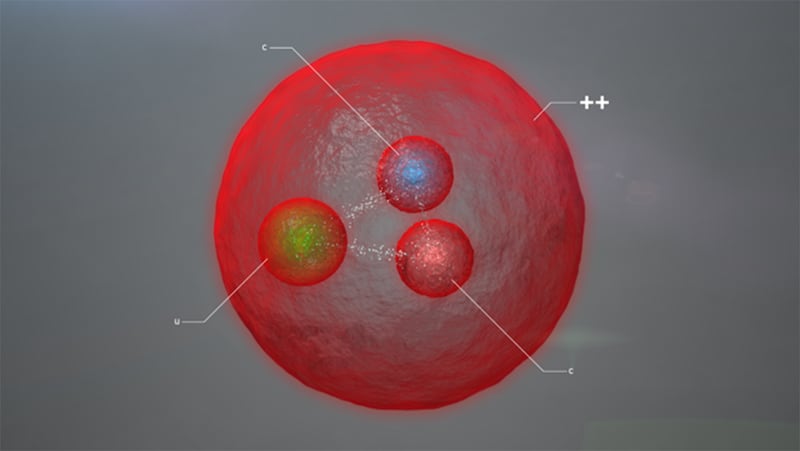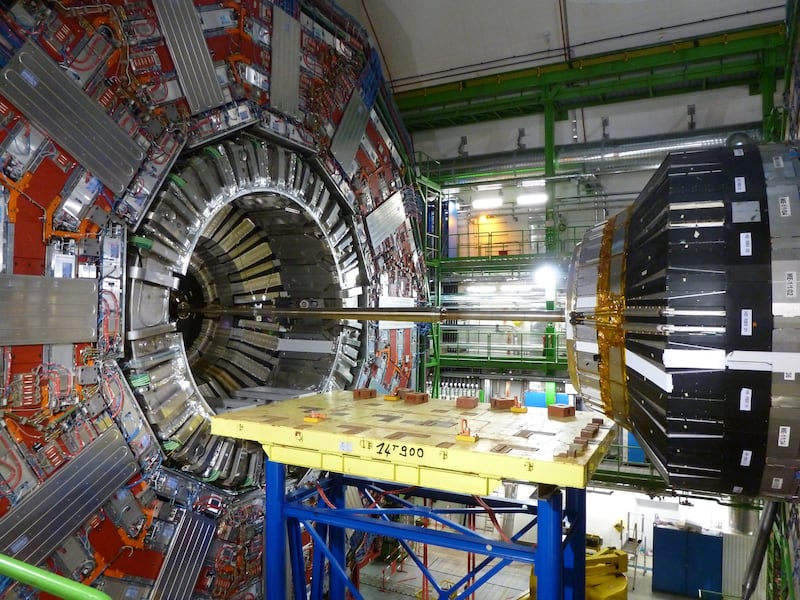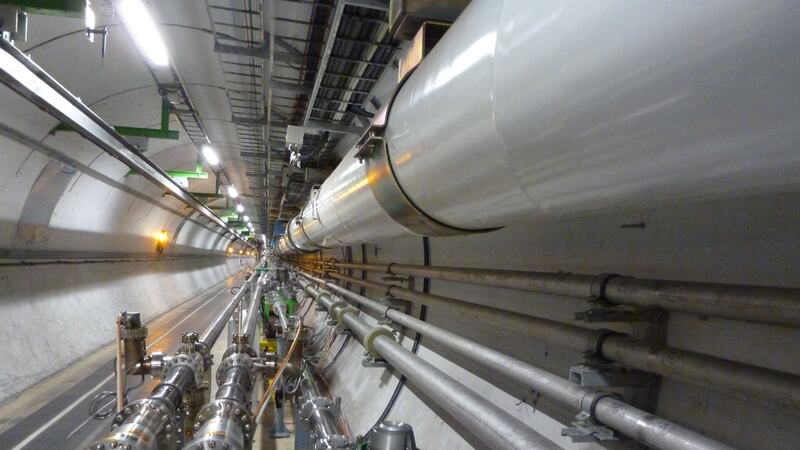The world’s biggest atom smasher has once again done its job and found a new subatomic particle.
Physicists at the Large Hadron Collider (LHC) in Europe announced the fleeting discovery of a long-theorised but never-before-seen type of baryon.
The high-speed collisions at the LHC created, for a fraction of a second, a baryon particle called Xi cc.
The researchers hope this new finding will help further explain a key force that binds matter together.

So what exactly is a baryon?
Baryons are subatomic particles made up of quarks – which are the fundamental constituents of matter.
The most common type of baryons are protons and neutrons.
Quarks are even smaller particles that come in light and heavier types.

The Xi cc has two heavy quarks — both of a type that are called “charm” — and a light one.
In the natural world, baryons have at most one heavy quark.
It may have been brief, but according to Oxford physicist Guy Wilkinson, in particle physics, it lived for “an appreciably long time”.
Wilkinson says the two heavy quarks are in a dance that’s just like the interaction of a star system with two suns and the third lighter quark circles the dancing pair.

He believes the discovery opens up a whole new “family” of baryons for physicists to find and study.
“It gives us a very unique and interesting laboratory to give us an interesting new angle on the behaviour of the strong interaction (between particles), which is one of the key forces in nature,” Wilkinson added.
Built by the European Organisation for Nuclear Research (known by its French acronym CERN) and located in a 16.8-mile (27km) tunnel beneath the Swiss-French border, the LHC was instrumental in the discovery of the Higgs boson in 2012.
The team has submitted a paper to the journal Physical Review Letters.








